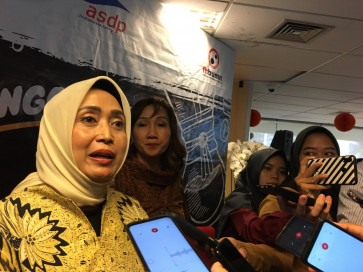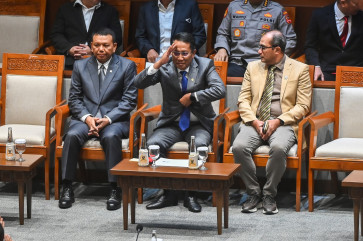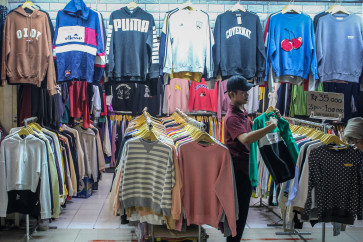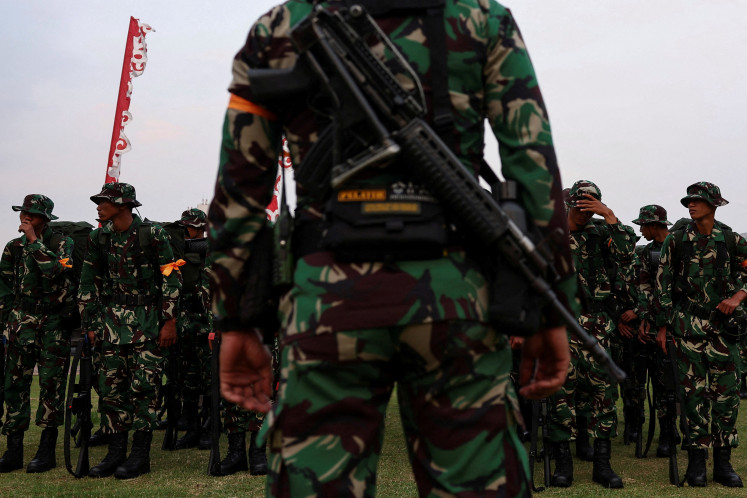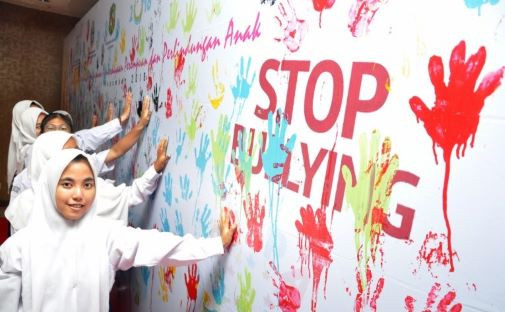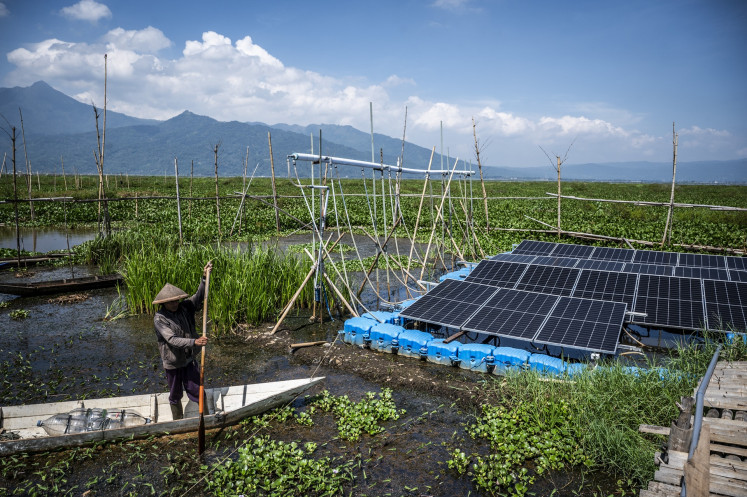Popular Reads
Top Results
Can't find what you're looking for?
View all search resultsPopular Reads
Top Results
Can't find what you're looking for?
View all search resultsRI to speed up electricity projects in remote areas
The government will facilitate state-owned companies to develop electricity infrastructure in several remote areas across the country and provide as many as 12,659 villages with access to electricity
Change text size
Gift Premium Articles
to Anyone
T
he government will facilitate state-owned companies to develop electricity infrastructure in several remote areas across the country and provide as many as 12,659 villages with access to electricity.
Energy and Mineral Resources Minister Sudirman Said said in two weeks his ministry would coordinate with local administrations to setup task forces for the program Indonesia Terang (Bright Indonesia) program.
Electricity infrastructure development in remote villages and border areas has long been considered unfeasible economically, leaving many investors uninterested.
Lack of human resources, funding and geographic location are factors that mean these villages, 65 percent of which are located in six provinces in eastern Indonesia, are without access to electricity.
'The fact is, if electricity can be accessed in these villages then there will be local economic growth. Local businesses will thrive and the people's and the country's income will also rise,' Sudirman said in a statement on Tuesday.
'So this can become an even wider economic movement.'
The ministry has mulled over several possible schemes in order to implement the program and close the economic gap, including providing infrastructure, a feed-in tariff (FIT) and subsidized prices.
To date, the country has a total installed power-plant capacity of about 55,000 megawatts (MW).
The electrification ratio stood at 88 percent as of the end of last year. However, there are numerous areas, particularly outside of Java, with lower ratios and frequent blackouts as the demand is higher than the available capacity.
There are several developments that the government has been pushing in order to fulfil its ambitious program to supply an additional 35,000 MW of electricity within five years.
Sudirman added that in the past decade the state had spent Rp 2,600 trillion (US$197.15 billion) of state funds in the form of subsidized fuel, That funding had been completely consumed, polluted the environment and increased the need for imports, he said.
The Indonesia Terang program is expected to only need to use 10 percent of the available subsidized budget. This funding will be used for renewable energy, in accordance with government regulation No. 79/2014 on National Energy Policy (KEN) which stipulates that renewable energy should make up 23 percent of the primary energy source by 2025.
Meanwhile, Deputy Finance Minister Mardiasmo said there were three schemes that could potentially help fund the Indonesia Terang program: specific allocation funding for the energy sector, funding for oil and gas or the village funds.
'The use of those funds requires a legal basis in the form of the State Budget Law, which can be inserted in the revised state budget,' he said.
'If the legal basis is agreed upon then the Finance Ministry will be ready to disburse the funds for the Indonesia Terang program.'


